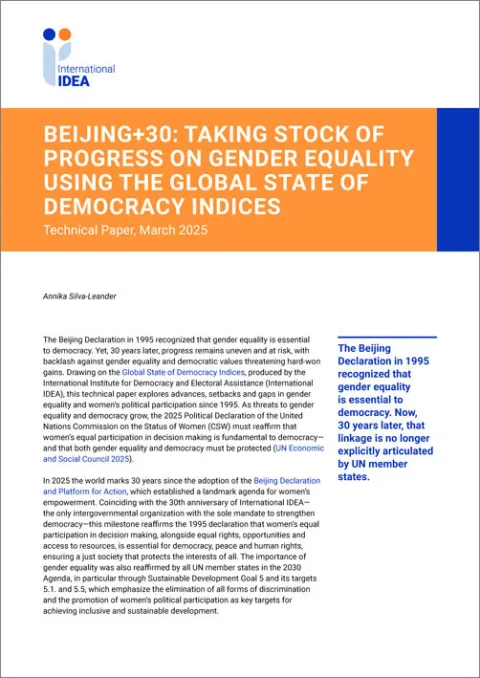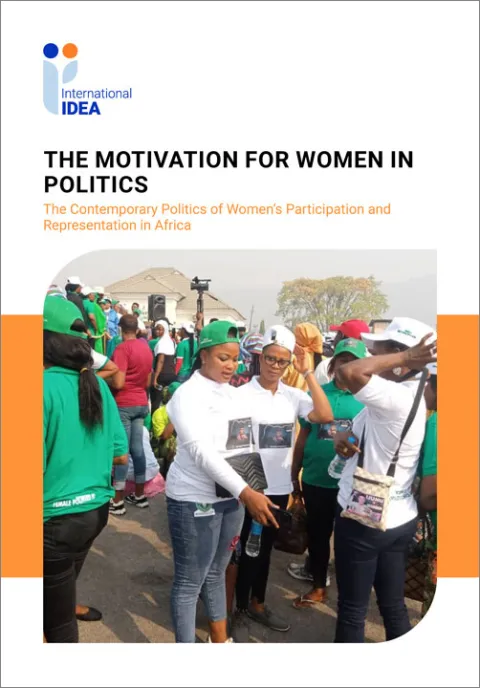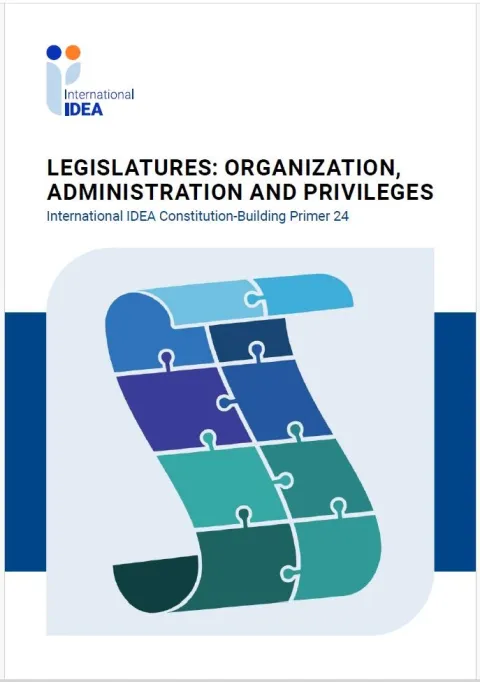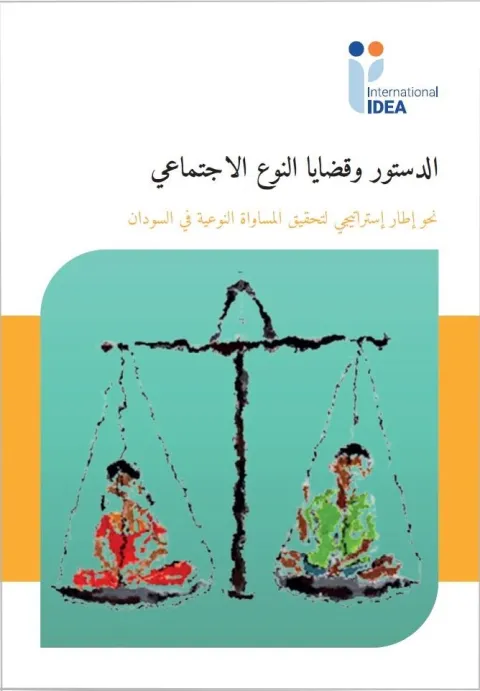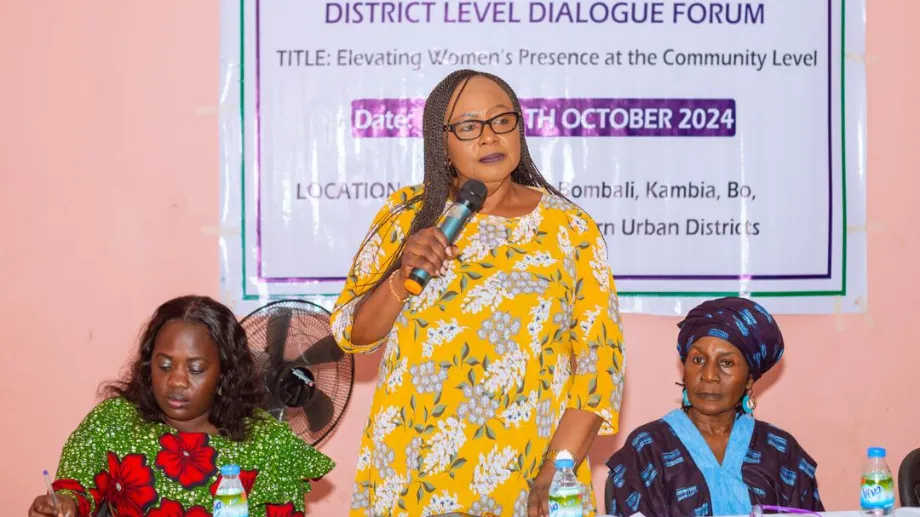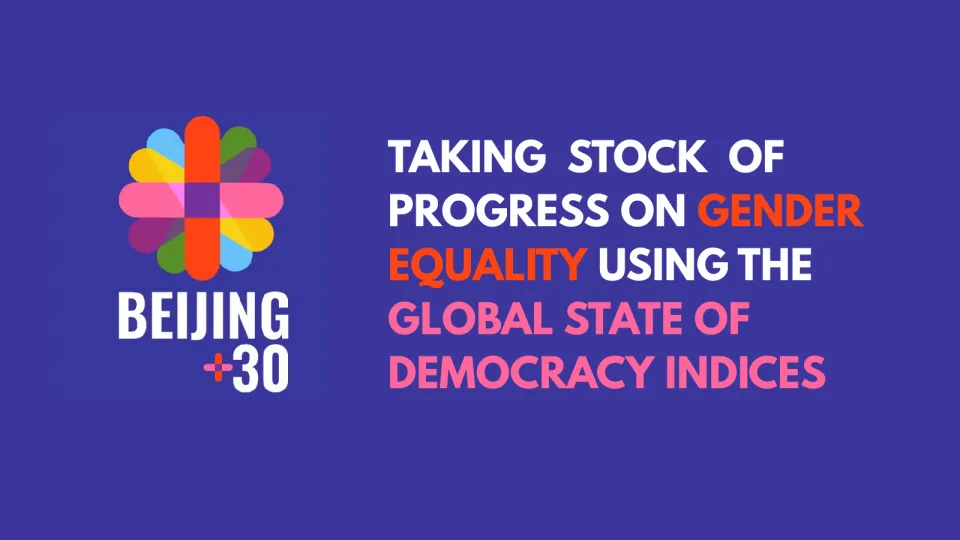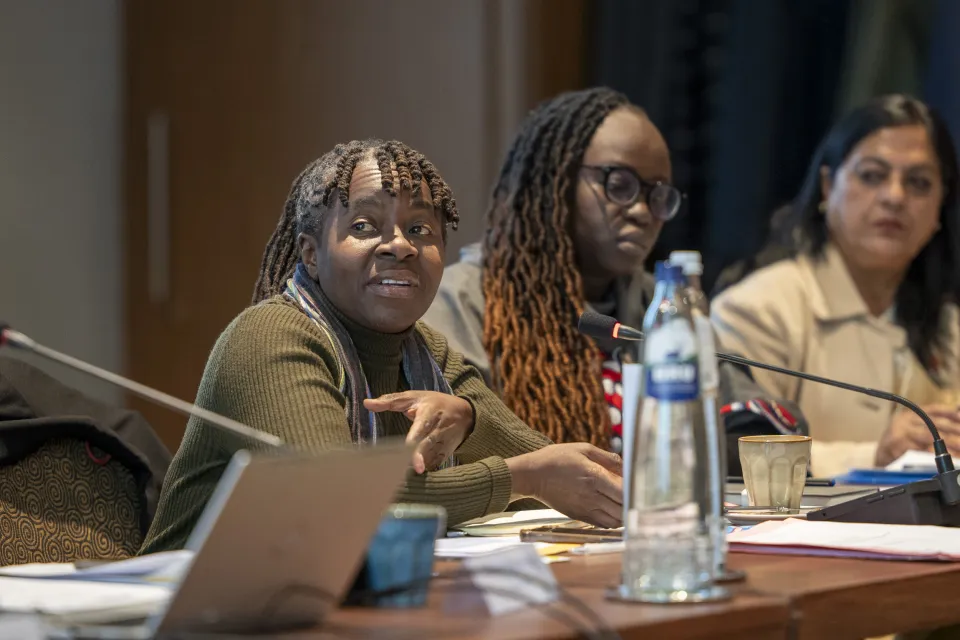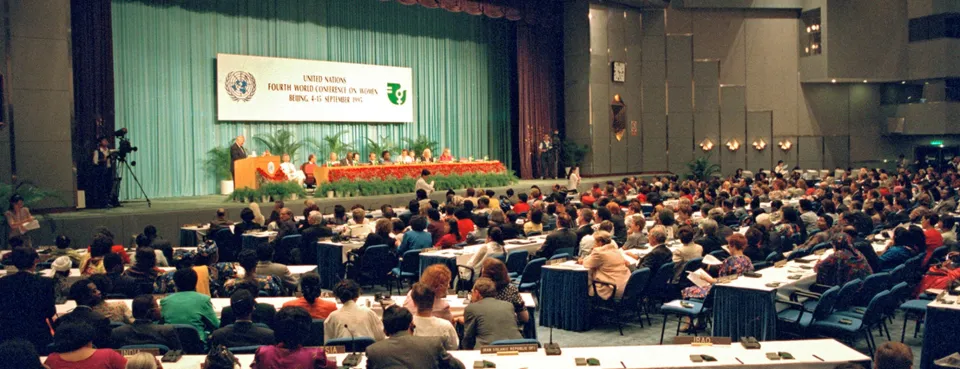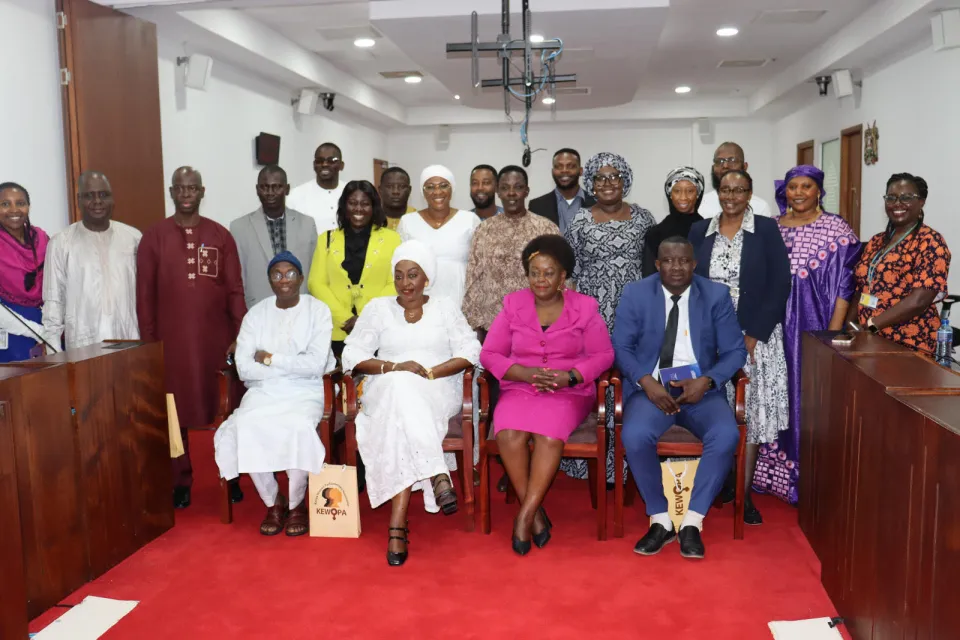Beyond Numbers: Stories of Gender Equality in and through Parliaments
Parliaments play a central role in shaping the laws, policies and budget allocations that are required to meet the needs of diverse citizenries. Yet just like other state institutions, parliaments have long reflected and perpetuated the gender inequalities in wider society. International IDEA has long advocated and supported more inclusive, representative, and responsive parliaments, including in terms of gender—not just as a matter of fairness and rights but as an asset for democratic effectiveness, legitimacy, and resilience.
This Handbook aims to provide a comprehensive framework for embedding gender sensitivity into the heart of parliamentary functions and processes, while highlighting practical stories of change to inspire and offer a fresh perspective on what enables change in parliaments across the world. International IDEA’s prior work, captured in the 1998 and 2005 editions of International IDEA’s Women in Parliament: Beyond Numbers, has served as an inspiration for this Handbook.
Details
Related databases & tools
Contents
1. Introduction
2. Women's presence in Parliaments: Increasing numbers without equal representation
3. Formal commitments on the path to a gender-sensitive parliament
4. Specialized gender equality bodies in parliament
5. Gender-sensitive law-making and oversight
6. Gender-sensitive parliaments and (civil) society
7. Gender-sensitive parliamentary infrastructure and the organization of parliamentary work
. Parliaments' responses to crises and the future of democracy
9. Outlook: The future of gender equality within and through parliaments
Annex A. Methodology
Annex B. INTER PARES survey questionnaire
Give us feedback
Do you have a question or feedback about this publication? Leave us your feedback, and we’ll get back to you
Send feedbackBeyond Numbers: Stories of Gender Equality in and through Parliaments

| Total views | 3313 |
|---|---|
| Downloads | 374 |
| Rating |
Related databases & tools
Give us feedback
Do you have a question or feedback about this publication? Leave us your feedback, and we’ll get back to you
Send feedback

